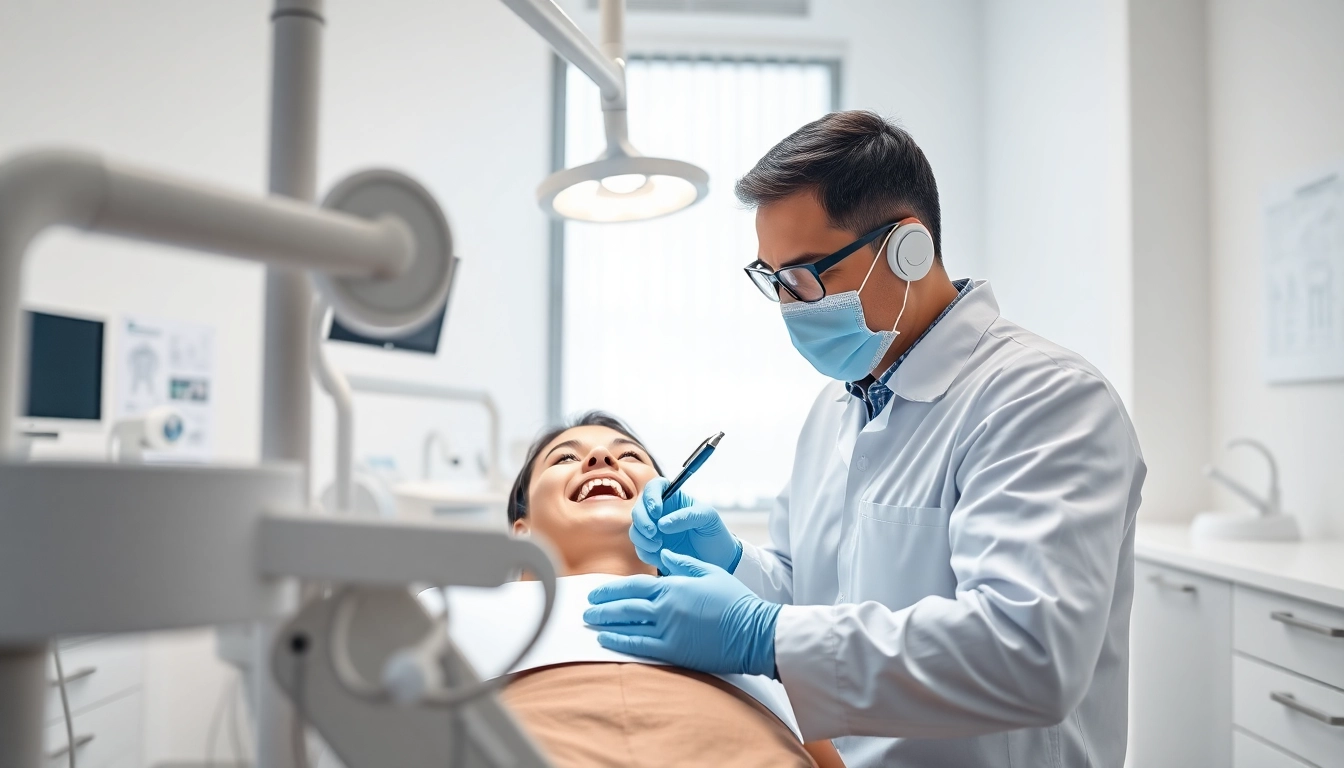Introduction to Testosterone Replacement Therapy
Testosterone Replacement Therapy (TRT) has emerged as a pivotal treatment option for individuals experiencing low testosterone levels. As men age, testosterone production declines, leading to various physical and psychological symptoms that can significantly impact quality of life. Understanding TRT, its benefits, risks, and implementation process is essential for anyone considering this path. This article will delve into the intricacies of Testosterone Replacement Therapy, providing a comprehensive overview that will inform potential users about this important health intervention.
What is Testosterone Replacement Therapy?
Testosterone Replacement Therapy involves the administration of testosterone to restore hormonal balance in individuals diagnosed with low testosterone levels. This therapy can be delivered through various methods, including injections, patches, gels, and pellets. The goal of TRT is to alleviate symptoms associated with testosterone deficiency, such as decreased libido, fatigue, and muscle loss.
Who Needs Testosterone Replacement Therapy?
TRT is primarily indicated for adult males diagnosed with hypogonadism, a condition characterized by insufficient production of testosterone. However, it may also be explored by transgender individuals and some women who experience symptoms related to low testosterone. A thorough medical assessment, including hormone level testing and evaluation of symptoms, is crucial in determining the necessity for TRT.
Signs and Symptoms of Low Testosterone
Recognizing the symptoms of low testosterone is the first step toward seeking help. Common signs and symptoms may include:
- Reduced sex drive
- Fatigue and low energy levels
- Loss of muscle mass and strength
- Increased body fat
- Decreased bone density
- Mood changes, including depression or irritability
- Difficulty concentrating
If you identify with several of these symptoms, it may be time to consult a healthcare professional to discuss the potential need for Testosterone Replacement Therapy.
The Benefits of Testosterone Replacement Therapy
Physical Health Improvements with Testosterone Replacement Therapy
TRT can lead to significant improvements in physical health. Many men experience increased energy levels, enhanced muscle mass, and strength gains shortly after starting therapy. Research indicates that individuals undergoing TRT often report higher levels of physical activity and improved body composition, contributing to an overall healthier lifestyle.
Mental Health and Well-being
Low testosterone has been linked to mood disorders such as depression and anxiety. Studies suggest that testosterone supplementation can positively affect mood and mental health, leading to improved emotional well-being. Many individuals who engage in TRT report enhanced cognitive functions, such as improved memory and concentration.
Quality of Life Enhancements
The holistic benefits of TRT often translate into improved quality of life. With enhanced physical and mental health, individuals tend to experience a resurgence in their overall well-being, relationships, and productivity. Enhanced libido and sexual performance are notable improvements, leading to better intimate relationships and increased confidence.
Potential Risks and Side Effects of Testosterone Replacement Therapy
Common Side Effects
While TRT can be beneficial, it is not without risks. Common side effects may include:
- Acne and oily skin
- Sleep apnea
- Breast enlargement or tenderness
- Increased red blood cell count
- Fluid retention
It is essential for individuals undergoing TRT to be aware of these potential side effects and communicate any concerns with their healthcare provider.
Long-term Risks Associated with Testosterone Replacement Therapy
Long-term TRT may pose additional risks, including increased likelihood of cardiovascular issues and prostate health concerns. Ongoing monitoring of heart health and prostate-specific antigen (PSA) levels is vital for anyone engaged in long-term testosterone therapy. Research continues to evaluate the balance between the potential benefits of TRT and its long-term implications.
Managing Risks During Treatment
Effective management of risks associated with TRT involves regular follow-up appointments, blood tests to monitor hormone levels, and an open dialogue with healthcare professionals. Developing a personalized treatment plan that considers individual health history and lifestyle factors is crucial. Adjustments to dosage and treatment method may be necessary to mitigate risks.
How to Start Testosterone Replacement Therapy?
Consultation and Diagnosis Process
The journey to starting Testosterone Replacement Therapy begins with a comprehensive consultation with a qualified healthcare provider. This process includes medical history-taking, symptom assessment, and the measurement of blood testosterone levels. Testosterone levels can fluctuate, so testing should ideally occur in the morning when levels are at their peak.
Available Forms of Testosterone Replacement Therapy
TRT can be administered in multiple forms, including:
- Injections: Typically performed every one to two weeks, providing a quick increase in testosterone levels.
- Patches: Applied daily to deliver a steady dosage throughout the day.
- Gels: Rubbed onto the skin, gels allow for daily absorption of testosterone.
- Pellets: Inserted under the skin, these provide a slow and consistent release of testosterone over several months.
Each method has its pros and cons, and the choice of delivery system should be tailored to the individual’s health status and lifestyle.
Creating a Personalized Treatment Plan
A personalized treatment plan is essential for effective management of TRT. This includes determining the appropriate dosage, frequency, and mode of administration. It should also consider lifestyle factors, such as diet, exercise, and overall health, to optimize treatment outcomes.
Monitoring and Adjusting Testosterone Replacement Therapy
Regular Follow-Up Appointments
Consistent follow-up appointments are crucial for monitoring the effectiveness of TRT and assessing any side effects. During these visits, healthcare providers will evaluate hormone levels, symptom improvement, and overall health status. Regular blood tests may be necessary to track testosterone levels and other relevant health markers.
Evaluating Effectiveness and Side Effects
Evaluating the effectiveness of TRT involves assessing changes in symptoms, such as energy levels, mood, libido, and muscle strength. Any side effects experienced should also be discussed openly. Adjustments to the therapy may be required based on these evaluations to ensure optimal health outcomes.
Making Changes to the Therapy Plan
It is not uncommon for individuals to require adjustments to their therapy plan over time. Changes may involve altering the dosage, switching to a different delivery method, or even pausing treatment based on health developments and personal preferences. An individualized approach ensures that therapy aligns with evolving health needs.















Leave a Reply